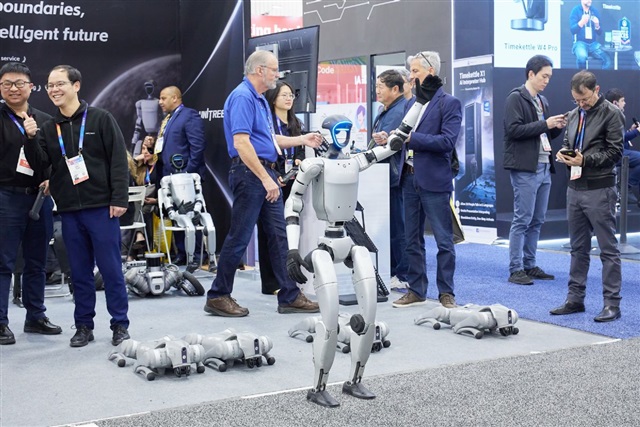Humanoid robots are generating intense hype, but supply-chain players remain wary, pointing to two uncertainties: unclear industrial use cases and lagging technical progress. With component standards still undefined, the industry is stuck in limbo — what Apex Dynamics President Kuo Chung-che described as a field where "everyone sees opportunity, but no one has certainty."
Kuo told investors that humanoid applications are still unsettled. Factories, warehouses, and homes each pose different challenges, leaving no clear path forward. Critics say the humanoid form is too costly and inefficient, while advocates argue its humanlike adaptability could make it the strongest contender for general-purpose robotics.
Technical hurdles add to the uncertainty. Joint modules and dexterous hands remain difficult to engineer, and balance control is far from solved. With applications unclear and technology uneven, suppliers have been unable to set component standards, keeping designs bespoke and costs elevated.
Apex Dynamics, a maker of planetary gear reducers for automation, has already joined Amazon's warehouse robot supply chain. Kuo said humanoid robots still lean on industrial and collaborative robot designs: power systems, transmissions, chips, and sensors come from existing automation platforms, with AI and software layered on to handle human-environment interaction.
Humanoid robots demand significant upgrades in joints, typically 14-30 per body and another dozen for dexterous hands. Early prototypes favored harmonic gear reducers, but cost and technical issues are shifting demand toward planetary reducers, now accounting for about half of the market.
Kuo sees two forces driving planetary reducer demand: China's Unitree Robotics is pivoting toward the design, and dexterous hands rely mostly on miniature planetary reducers. Industry insiders say Unitree's role as China's humanoid leader makes it a bellwether, while a parallel supply chain for dexterous hands is boosting demand further.
Industry data shows a stark cost contrast: joint modules make up 15–20% of Tesla's Optimus robot versus 40–50% at Unitree. Kuo said Tesla invests heavily in AI and control systems, while Unitree emphasizes mechanics and uses off-the-shelf AI, sensors, and control tech. The split highlights diverging US and Chinese strategies for humanoid development.
Article edited by Jack Wu




